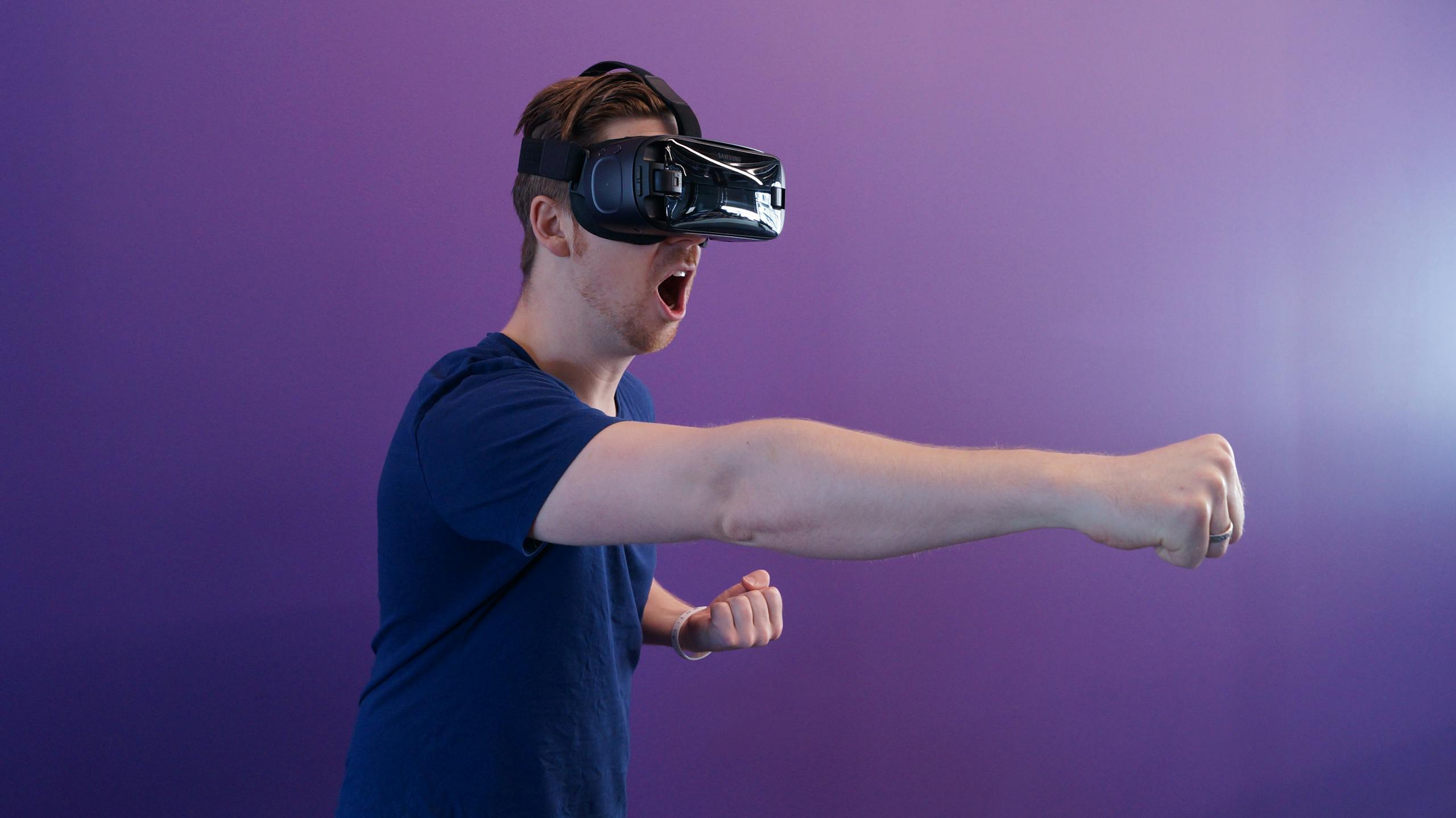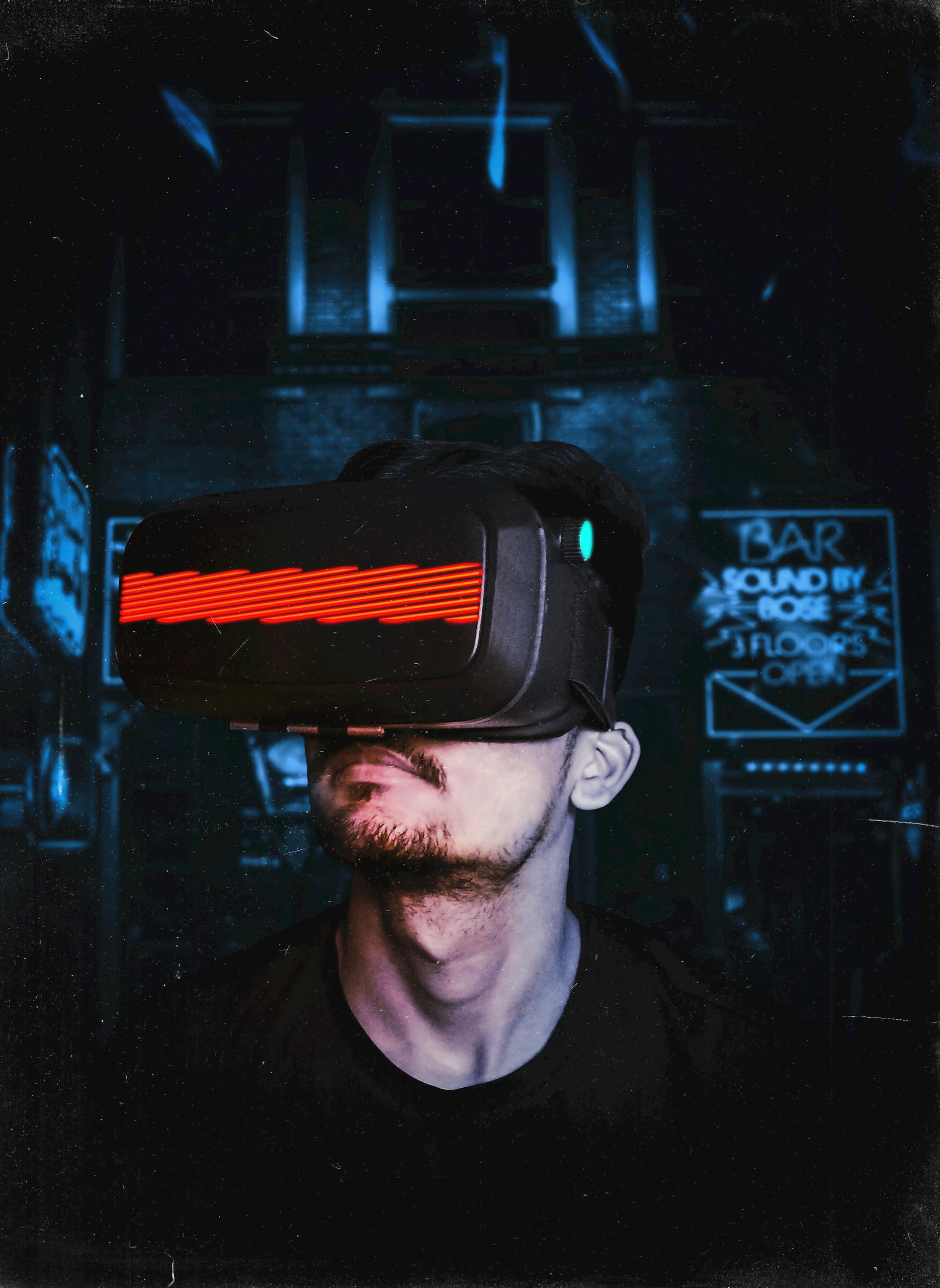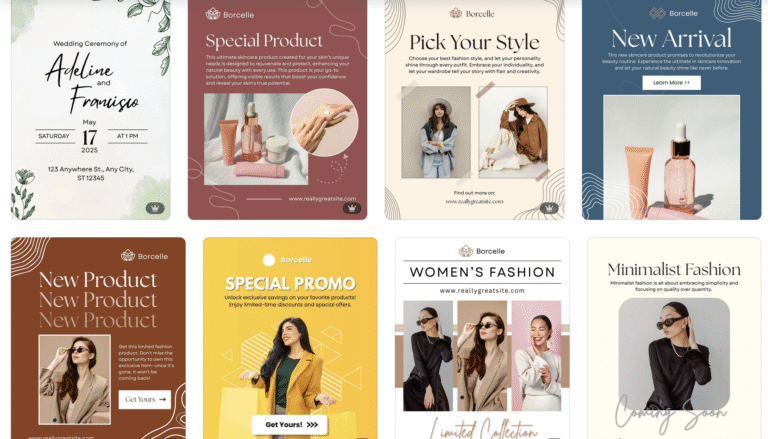Designing the Future: Exploring Augmented Reality in User Experiences


As technology continues to evolve, Augmented Reality (AR) emerges as a transformative force in the realm of user experiences. AR seamlessly blends the digital and physical worlds, offering exciting possibilities for designers. In this article, we’ll explore the impact of augmented reality in design and its potential to shape the future of user interactions.
Introduction to Augmented Reality in Design
Augmented Reality enhances the real-world environment by overlaying digital information and experiences. In design, AR introduces new dimensions of interactivity and engagement, providing users with immersive and enriched experiences.
Applications of AR in User Experiences
AR has found applications across various industries:
- Gaming: AR gaming applications like Pokemon Go have showcased the potential for interactive and location-based experiences.
- Education: AR can enhance learning experiences by providing interactive and 3D visualizations.
- Retail: Virtual try-ons and interactive product displays are transforming the way consumers engage with products.

Enhancing Interactivity through AR
AR elevates interactivity by allowing users to interact with digital elements in real-time. From gesture-based controls to dynamic visual overlays, AR enhances user engagement and participation.
Challenges and Opportunities in AR Design
While AR brings exciting opportunities, designers must also navigate challenges such as:
- Hardware Limitations: The effectiveness of AR experiences can be influenced by the capabilities of the devices used.
- User Learning Curve: Designers must ensure that AR interactions are intuitive, minimizing the learning curve for users.
Creating Seamless AR Integrations
Seamless integration of AR into user experiences requires careful consideration of:
- Contextual Relevance: Ensuring that AR elements enhance rather than distract from the user’s real-world context.
- User Flow: Designing AR interactions that align with the natural flow of user actions.
User Engagement and AR Technology
AR captivates users by offering novel and dynamic experiences. Designers can leverage AR to create content that resonates with users on a deeper and more memorable level.
AR in E-commerce and Retail
AR is reshaping the landscape of e-commerce by allowing users to virtually try products before purchasing. From furniture placement to virtual clothing fittings, AR enhances the online shopping experience.
Future Trends in Augmented Reality Design
The future of AR design holds promising trends:
- Wearable AR: Advances in AR glasses and other wearable devices will bring AR experiences closer to users.
- AR in Social Media: Integration of AR features in social media platforms for more immersive sharing and communication.
In conclusion, Augmented Reality is not just a technological novelty; it’s a design paradigm that opens new frontiers in user experiences. As designers continue to explore and innovate with AR, the digital and physical worlds will converge in ways that redefine how users interact with and perceive the world around them.



